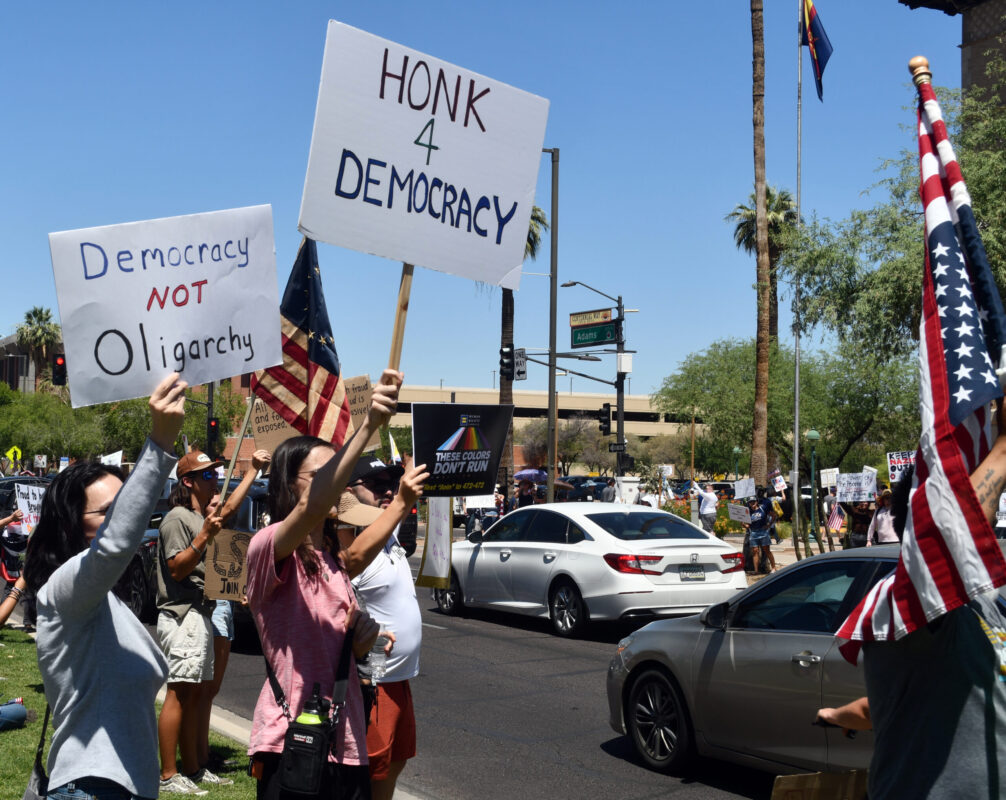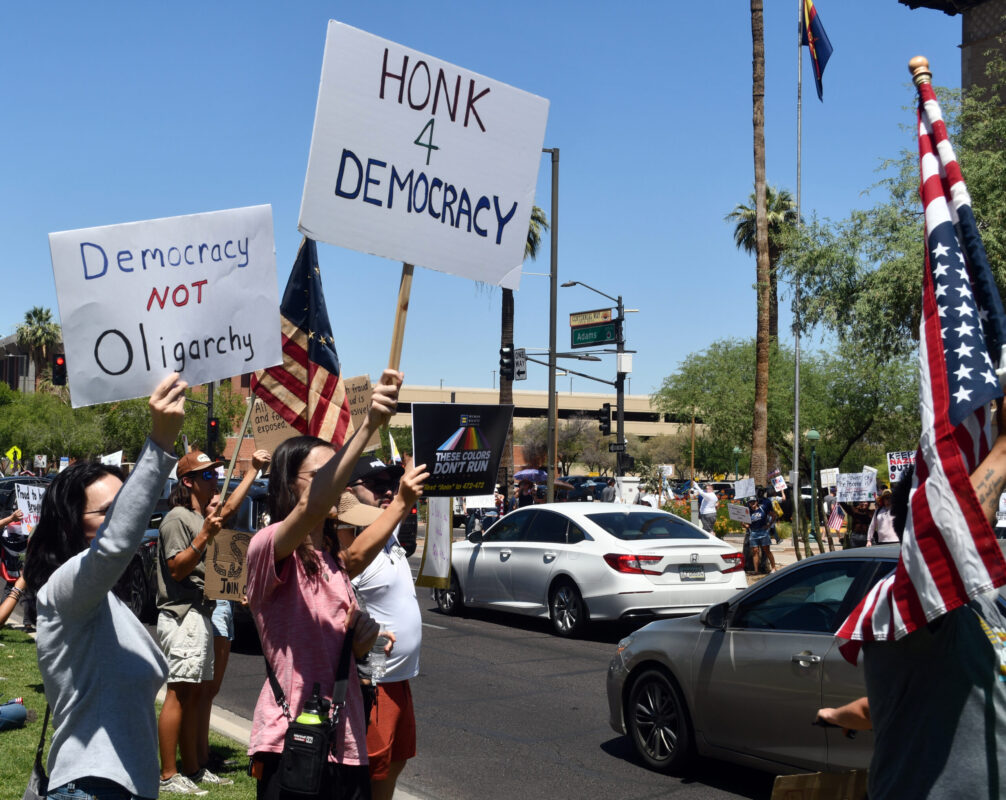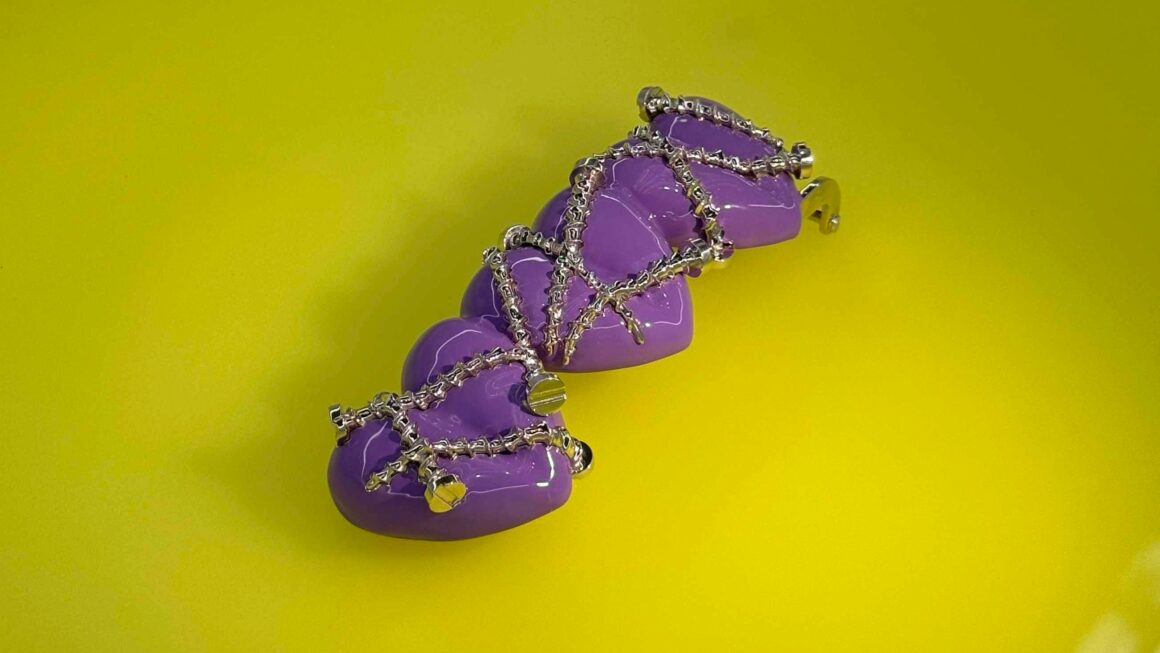
The Allure of Political Merchandise and Its Hidden Downside
In the realm of political campaigns, the sale of merchandise like t-shirts, hats, and bumper stickers has long been seen as a sign of strong support. These items allow supporters to publicly display their allegiance, boosting candidate visibility. However, a recent study casts doubt on this conventional wisdom, suggesting that those who buy political merchandise are actually less likely to engage in activities that directly benefit a candidate, such as volunteering or voting. This may seem counterintuitive, but the research provides compelling insights into the motivations behind political participation and the effectiveness of different campaign strategies.
The ‘Irony’ of Visibility and the Illusion of Contribution
The central finding of the study revolves around the concept of ‘impression management.’ Those who purchase campaign swag often feel they’ve done their part by publicly showcasing their support. This act of visibility gives them a sense of having contributed to the cause. As a result, they may be less inclined to participate in less visible activities like volunteering or voting. This is where the irony lies: visible acts of support, such as buying merchandise, may not translate into the concrete actions that ultimately determine a candidate’s success. The research indicates that the satisfaction derived from wearing a candidate’s t-shirt or displaying a yard sign can inadvertently lead to complacency, hindering further engagement. The belief is that the purchase itself is enough, and no further action is required.
The Campaign Manager’s Dilemma: Merchandise vs. Donations
For campaign managers, the implications of this research are significant. While selling merchandise can generate revenue, the study suggests that encouraging financial donations might be a more effective strategy. Buying merchandise involves costs like production, shipping, and handling, leaving a relatively small profit margin. Donations, on the other hand, provide immediate funds that can be used to support campaign activities, such as advertising, voter outreach, and staff salaries. Moreover, the study highlights that financial donors are more likely to engage in other crucial campaign tasks, such as volunteering and voting. The focus, therefore, should shift away from simply selling merchandise and toward cultivating a base of committed supporters who are willing to contribute both financially and with their time and effort. Campaign managers should focus on other ways to encourage and persuade supporters to go out and vote rather than just wear a T-shirt.
The Impact of Visibility: A Crowded Room Effect
The study also examines the impact of visibility on behavior. Experiments show that people are more likely to take action when they are in a crowded environment and their support is publicly known. In one experiment, participants were asked to wear a candidate’s t-shirt in different settings. Those in a more crowded area were less likely to engage in further campaign activities. This suggests that the desire to be seen by others and the perception of having already contributed can diminish the motivation to participate in other forms of support. This ‘crowded room effect’ underscores the importance of encouraging active participation beyond the display of merchandise. This is what is known as “impression management”, which includes a desire to be seen.
Political Slacktivism: The Illusion of Engagement
The study introduces the term ‘political slacktivism’ to describe the phenomenon of supporting a candidate through visible displays of merchandise or signs without actively participating in the voting process. People who buy merchandise or display signs are making a statement. They are showing the world that they support their candidate, but they aren’t doing the ‘hard things’ like voting. This creates the illusion of engagement without the commitment required to affect change. This behavior may be more prevalent in a society where individuals seek instant gratification and want their support to be easily displayed. While there is nothing wrong with showing support through merchandise, it should not be considered a substitute for voting.
The Importance of Historical Data and Comprehensive Surveys
To reach these conclusions, the researchers used multiple sources of information, including historical data, surveys, and experiments. The analysis of data dating back to 2016, along with surveys conducted during the 2020 election, provided comprehensive insights into the relationship between merchandise purchases and voting behavior. The study also used experiments with students to further validate the findings. The results consistently revealed that those who purchased merchandise were less likely to engage in activities that would truly help their political party. The researchers went to great lengths to remove data aberrations and analyze the data.
Conclusion: The Path to Victory: Beyond the Merchandise
While merchandise can have a place in a campaign’s strategy, the study’s findings provide valuable lessons for candidates and campaign managers. The focus should be on driving people to the polls and engaging with the voters to make their voices heard. Encourage people to go out and vote rather than just show their support through merchandise. The research suggests that relying solely on merchandise sales to boost a campaign’s popularity and to increase voter turnout is a mistake. For candidates to win the election, it is imperative for them to prioritize encouraging their supporters to vote and volunteer. By shifting the focus toward activities that directly impact the outcome of the election, campaigns can maximize their efforts and achieve a better chance of success.










